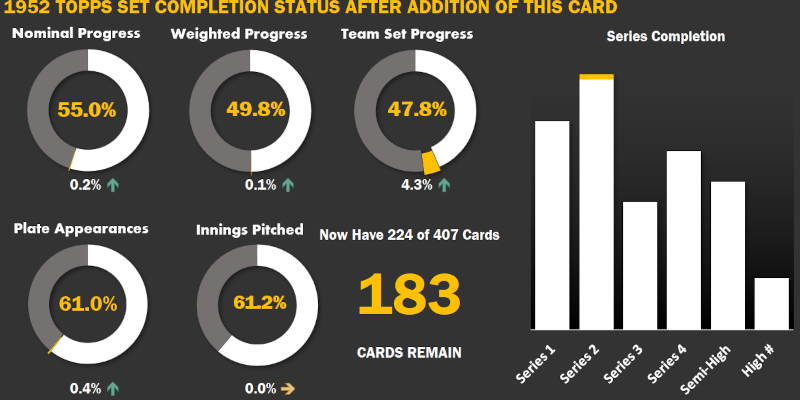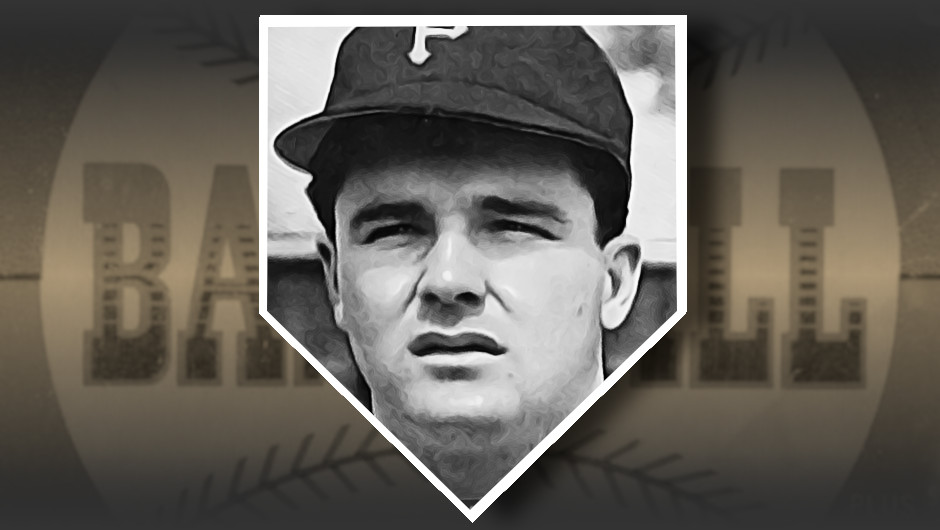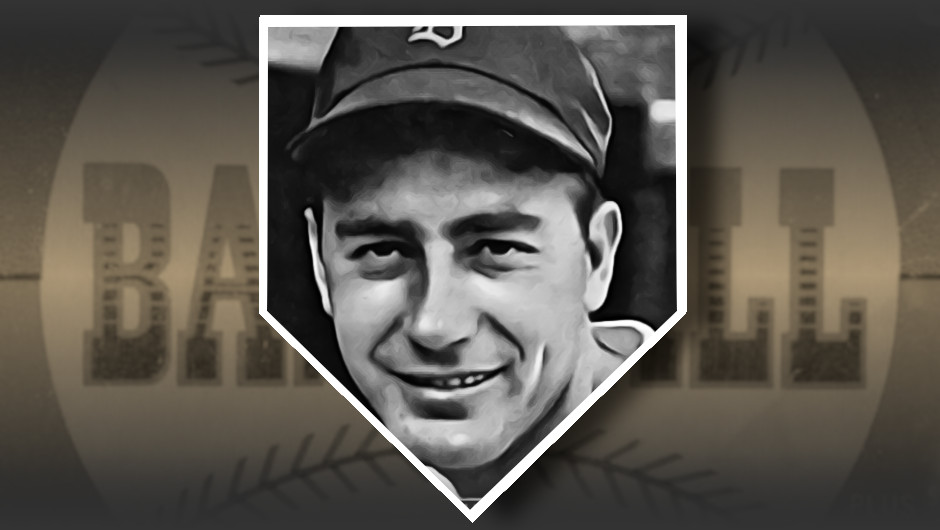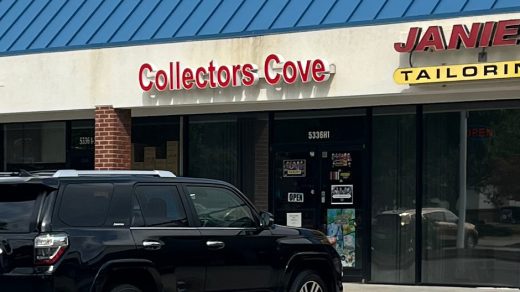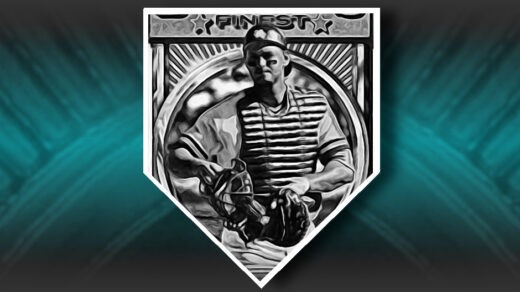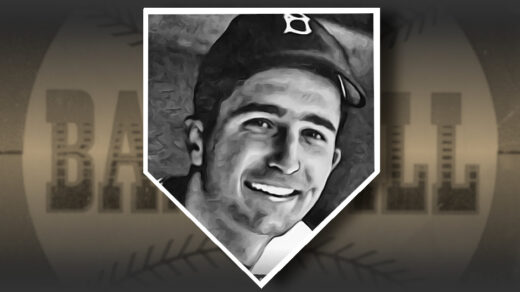Detroit Tigers’ infielder Don Kolloway knew a thing or two about improvising to get something happening. In 1941, just a few months into his first full big league season, he led off a game with a bunt single and promptly stole second base before being driven in. He followed that up with pair of home runs. Leading by just one run in the ninth inning, he stole second, third, and home in quick succession to put on the insurance run in a 6-4 ballgame.
Thinking fast and improvising seemed to be a recurring feature of Kolloway’s approach to the game. He managed to lead the American League in doubles despite not being known as a power hitter. A Bronze Star was earned in WW2, no doubt aided by some quick thinking on his part. The biographical sketch on the back of his 1952 Topps card mentions his involvement in a triple play the season, an act not typically associated with slower thinking defenders. Of particular interest is the way in which others took note of his baseball creativity – his jazz – Don Kolloway was frequently referred to as “Cab” Kolloway. It’s true. After all, it’s printed on the back of a baseball card.

The other Cab, of the “Calloway” spelling and jazz music variety, was a pretty good ballplayer himself and saw his diamond career overlap with the early portion of Cab Kolloway’s baseball adventures.
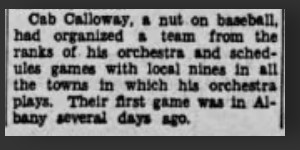
Calloway’s jazz band traveled on nationwide bus tours throughout the 1930s. Accompanying their instruments and performance attire were ample quantities of sports equipment and full sets of baseball and basketball uniforms. Calloway was already a professional basketball player, having played with the Baltimore Athenians in the 1920s. Cab’s band would hold exhibition baseball clinics in small towns along their route and would play against other bands and local semi-pro teams when larger audiences were possible. He even appeared in vaudeville acts alongside Burleigh Grimes, the last pitcher allowed to legally utilize the spitball.
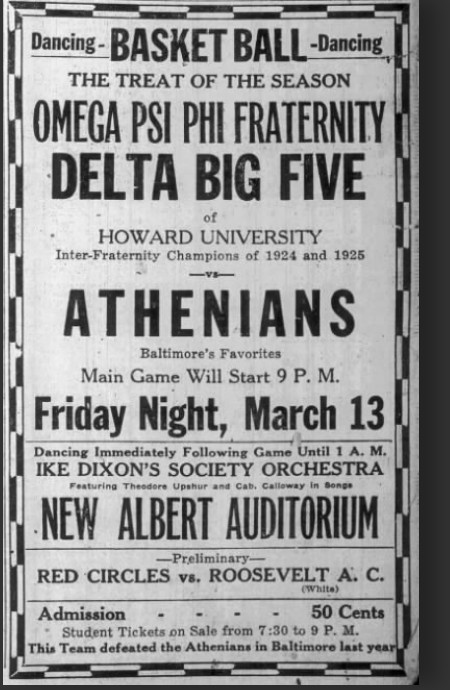
Most of the big bands of the era had a decent imitation of a baseball team on hand. The arrival of a new act in town would often be announced via a well-timed challenge via telephone to the local band to play a pick-up game. Count Basie and Jimmy Lunceford both squared off in games in Central Park, a practice continued by the likes of Al Thompson into the 1950s. Harry James and his band would host games in the 1940s, some of which featured a young vocalist and ardent NY Giants fan from Hoboken named Frank Sinatra.
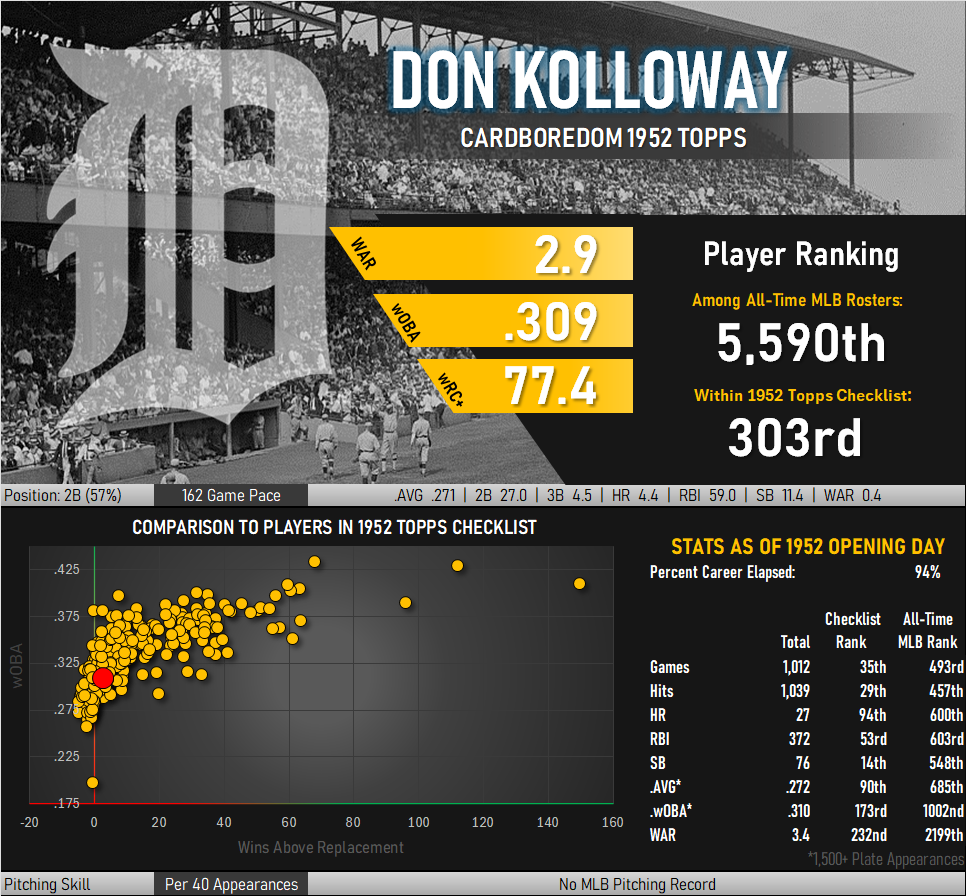
One final thing stands out about the Detroit Tigers’ version of “Cab.” Despite seemingly making everything up on the fly, he rarely struck out. Kolloway’s 5.9% career strikeout rate ranks at the better end of baseball history, as evidenced by the fact that he generated almost identical numbers of strikeouts and extra base hits.
